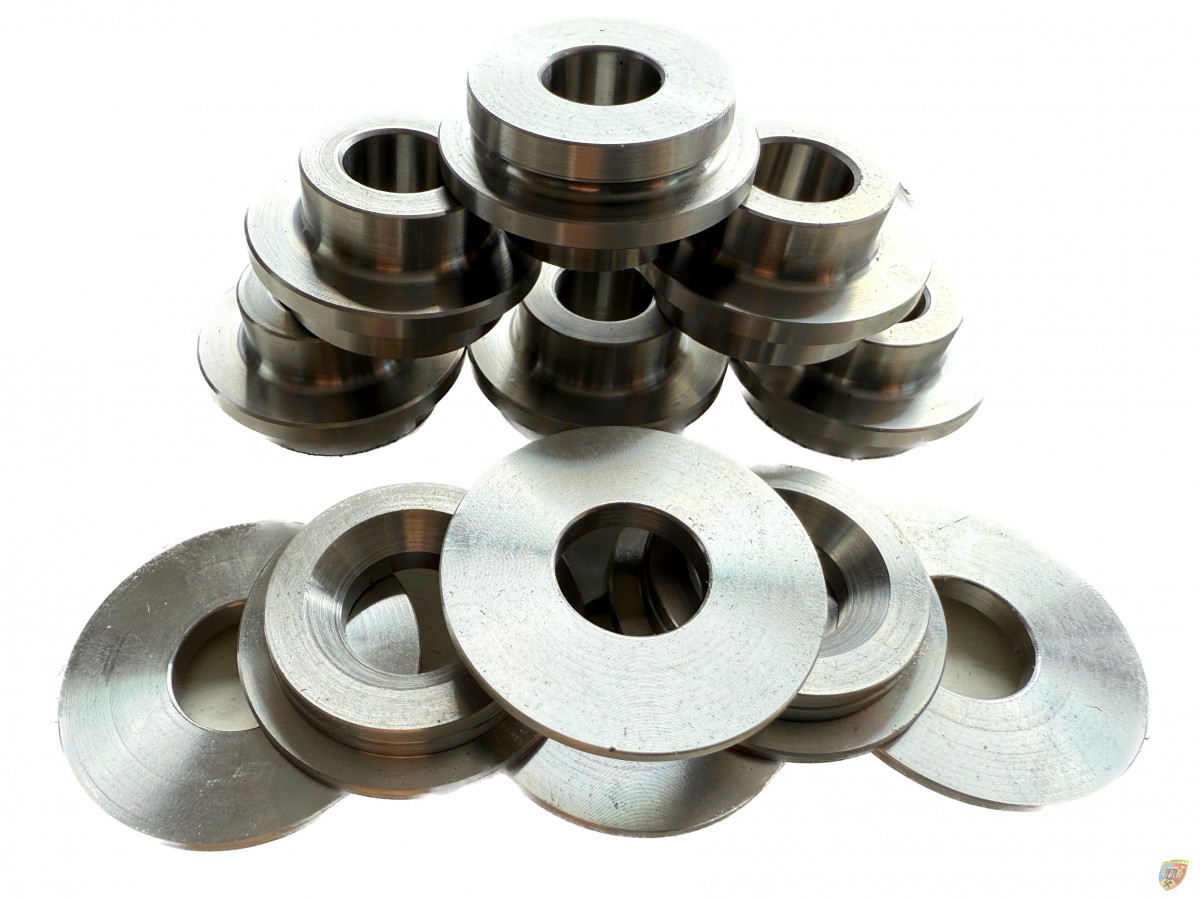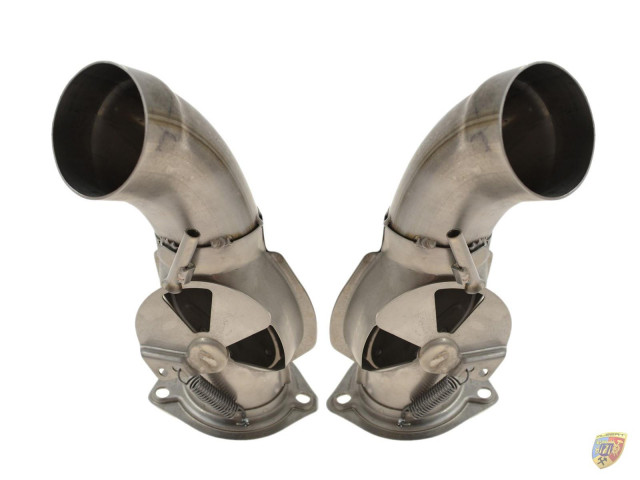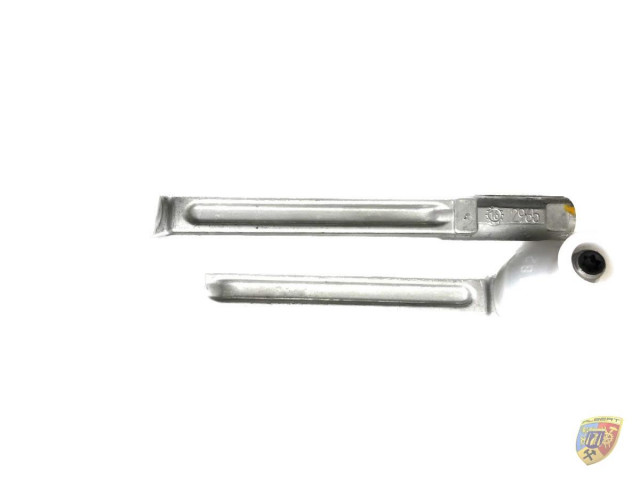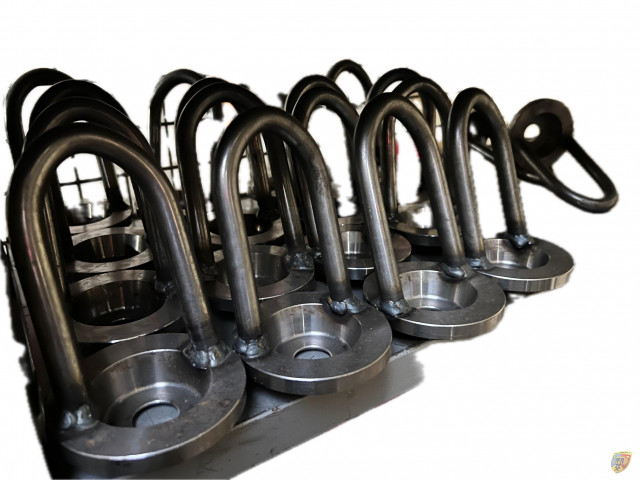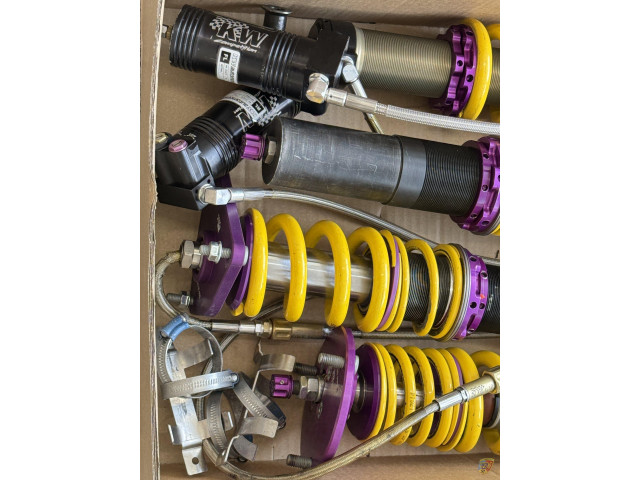Spongy driving behavior in Porsche 996 - 997 vehicles
Dear all,
You are driving your Porsche 911 Carrera or Turbo on the highway and the rear of the vehicle moves back and forth in long curves, when changing lanes or in ruts.
You always get an unpleasant driving feeling and drive unsafely.
Many specialists advise you to get a new chassis or a combination of chassis, lowering and thick stabilizers.
And if that doesn't fix the problem, then polyurethane or Unibal joints are also installed, according to the scheme:
"A LOT HELPS A LOT"!
But is that really what makes our Porsche drive better and safer? Of course not!
But what can be done - what is the cause - how can it be stopped?
The problem described results from the decoupling of the subframes on the rear axles of Porsche vehicles.
This decoupling of the subframes is carried out at the factory in order to help normal Porsche road vehicles to drive more smoothly and quietly.
Porsche installs elastic rubber sleeves and soft selenium blocks to eliminate mechanical resonances and vibrations from the interior of the vehicles.

The subframes are attached to the bodies with these soft rubber blocks. These can now move back and forth easily due to their elasticity.
Unfortunately, this leads to the desired reduction in noise, but also to your Porsche driving behavior being completely spongy.
If we now remove this decoupling using our components, you will hear marginally more driving noise, and you may also hear the gearbox and engine very quietly in the interior, but the roadholding will improve dramatically!
Why? Because the subframe is now a solid unit with the body and the chassis.
This is also the case with the Porsche GT3, GT2 and GT3 Cup vehicles ex works.
As a further positive side effect, we have been observing noticeably less tire wear and significantly better handling of our Porsches for years.
This is particularly noticeable for our sports drivers who occasionally go to track days or events in the mountains to do their laps there.
Note:
We have been installing these subframe decoupling systems for decades with great success.
It may be that, we know, some readers have a completely different opinion because they have already had an expensive suspension installed and are now satisfied with the handling.
In the end, however, the cause of the issue described has not been eliminated,
but rather its effects have been somewhat compensated and alleviated.
If you ask us: "Would we recommend a sports suspension to you?" then the first question is:
"What should the car be able to do after installing a new suspension that it cannot do now?"
We recommend the following to our customers who drive in a sporty manner, do not drive on race tracks, and want to retain some residual comfort:
- A lowering kit from Eibach - H&R etc. up to max - 20 -30 mm
- A decoupling kit for the subframe with installation.
- An adjustable stabilizer variant as recommended by us.
- An adjusted axle setting according to our recommendation.




